Product Description


Mask Ogoni Nigeria
This “Elu” mask originates from the Ogoni tribe in Nigeria. Scarification marks with geometrically incised designs appear on the forehead. The eyes are hollow almond shaped openings. The head decoration has a raised portion representing ancestors or title holders.
Made of 100% light hand-carved cane wood, fiber, and pigments.
Model is W 32 – H 21 and weight 1 kg.
Description
This Elu mask originates from the Ogoni or Obgoni tribe, Nigeria, early 20th century. “Elu” means “spirit”. It is used by many masculine combinations in Obgoni and a really good example of a classic Ogoni wood mask. It is hand carved cane wood and fiber. The face is pigmented white with yellow and red, black eyebrows and accents. Semicircular disc like ears protrude from sides of the face and would have been worn in such a way that it covered half the face and the wearer. Elu masks, such as this one, are danced by young members of secret men’s societies that have social, religious, or governmental functions. The small masks are attached to cone-shaped caps of fiber and cloth that cover the heads of the dancers. They are usually danced at annual festivals or at funerals of members of the societies.
The Ogoni are perhaps the oldest settlers of the Eastern Niger Delta, living south of the Igbo, west of the Ibibio, and just inland from the Andoni peoples of the Atlantic coast. Because they encountered the British at a relatively late date (1901) and received comparatively less Westernized education than their neighbors, the Ogoni have maintained more of their precolonial culture and their arts exhibit less iconoclasm than that experienced by other groups.
Though sculpture varies regionally, the majority fall into one of several categories: small face masks of men and women with articulated jaws and narrow teeth, usually made of cane; larger and more grotesque masks representing unruly spirits, some of which have articulated jaws; small masks depicting animals, such as antelope, goats, deer and monkeys; larger masks depicting fierce animals, such as crocodiles, leopards and pigs; human figures worn on top of the head representing ancestors or title holders; headdresses representing marine figures and worn on top of the head horizontally; carved figures of title holders, ancestors or Mami Wata; or puppets with articulated limbs and jaws. Historically, masks were worn in ritual performances for funerals and when yams were planted and harvested. More recently they appear at Christmas and New Year celebrations and to welcome important visitors.
Additional information
| Weight | 1 kg |
|---|---|
| Dimensions | 32 × 21 cm |
Leave a reply Cancel reply
Returns and Exchanges
There are a few important things to keep in mind when returning a product you purchased.You can return unwanted items by post within 7 working days of receipt of your goods.
- You have 14 calendar days to return an item from the date you received it.
- Only items that have been purchased directly from Us.
- Please ensure that the item you are returning is repackaged with all elements.
Ship your item back to Us
Firstly Print and return this Returns Form to:
30 South Park Avenue, San Francisco, CA 94108, USA
Please remember to ensure that the item you are returning is repackaged with all elements.
For more information, view our full Returns and Exchanges information.

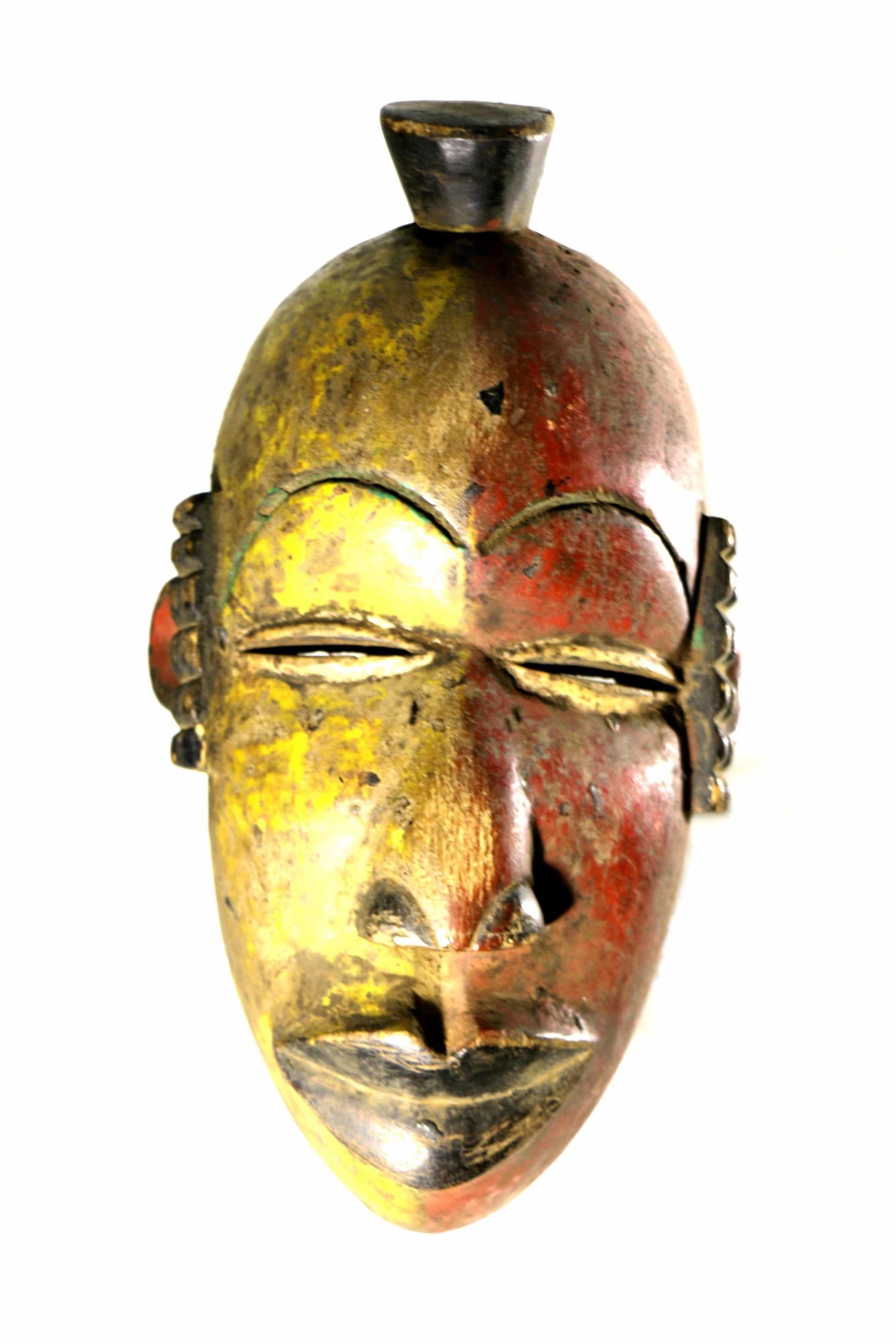
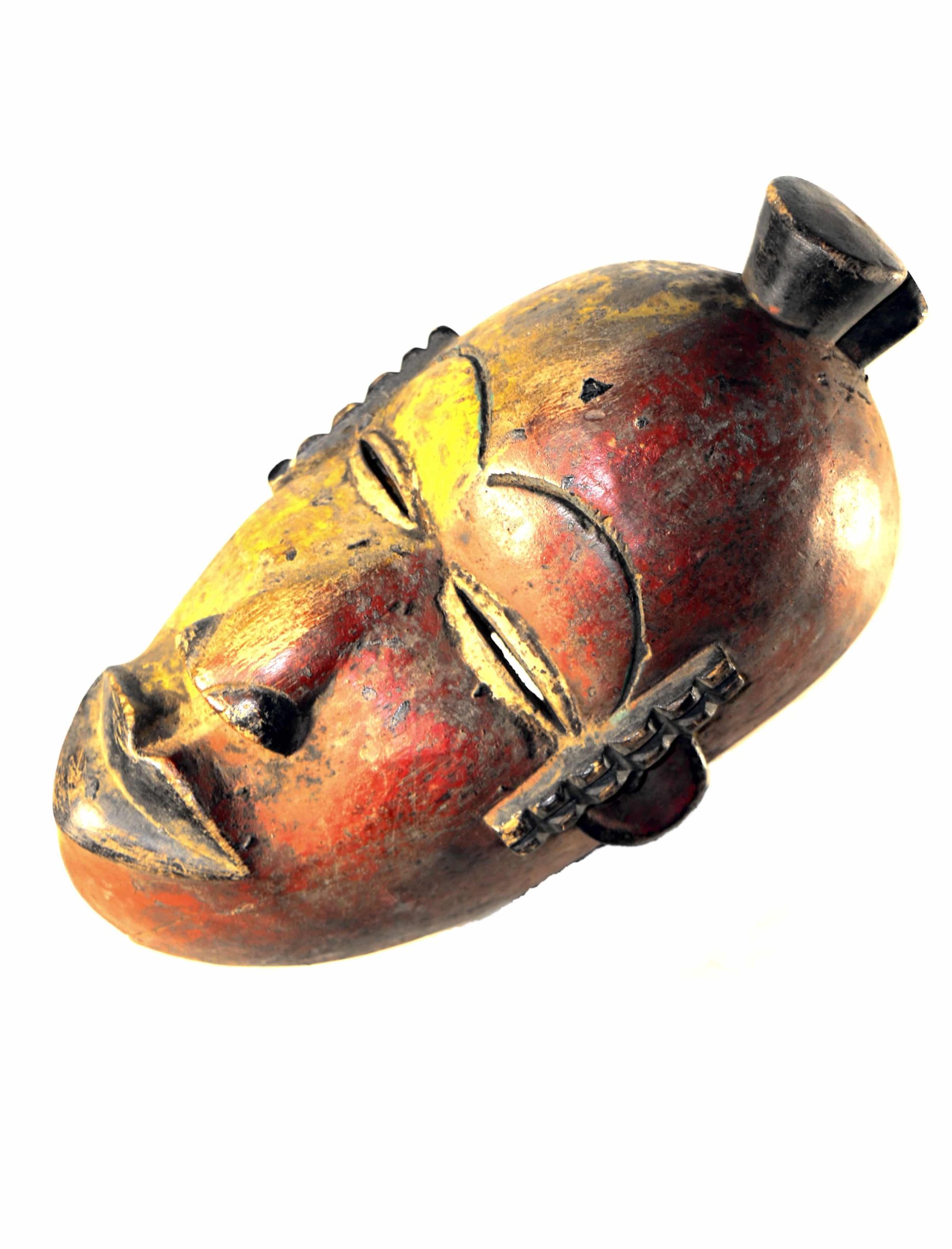

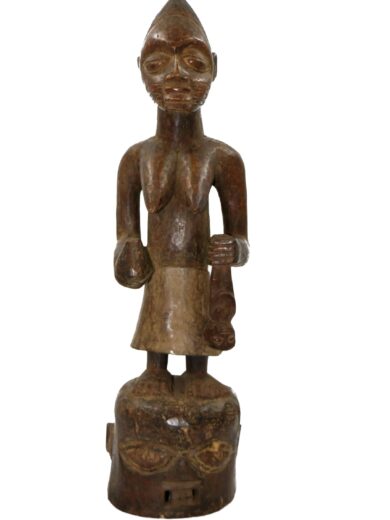
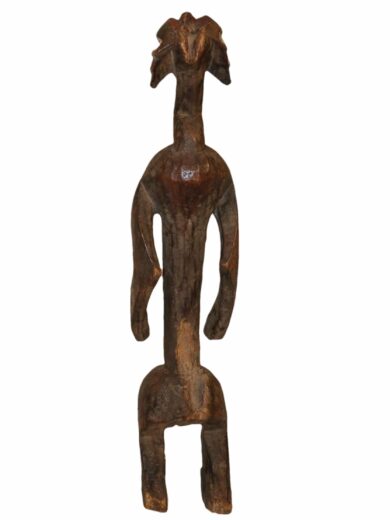
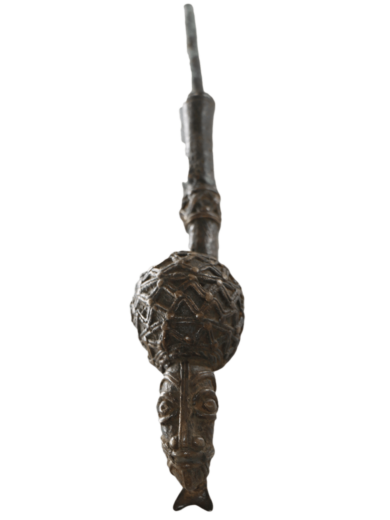





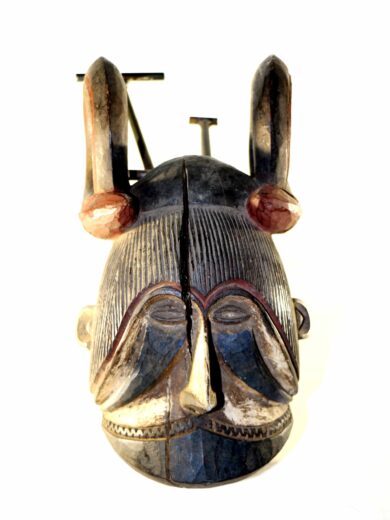


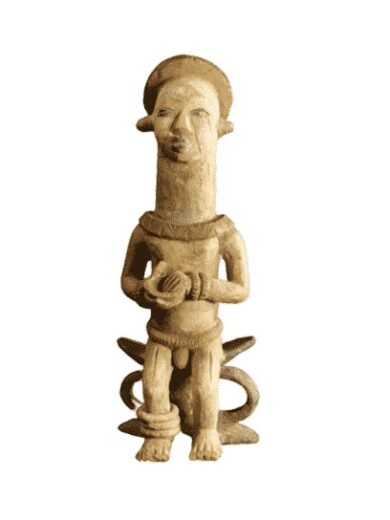
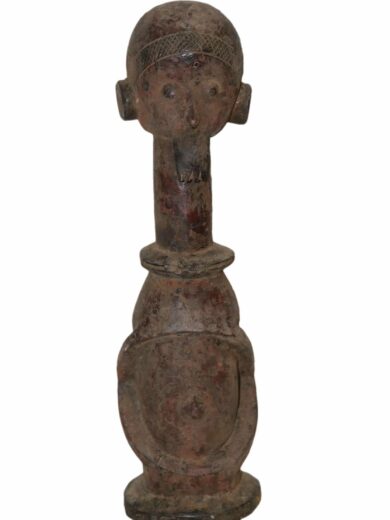
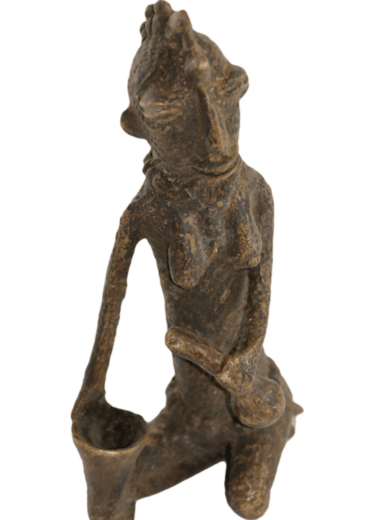
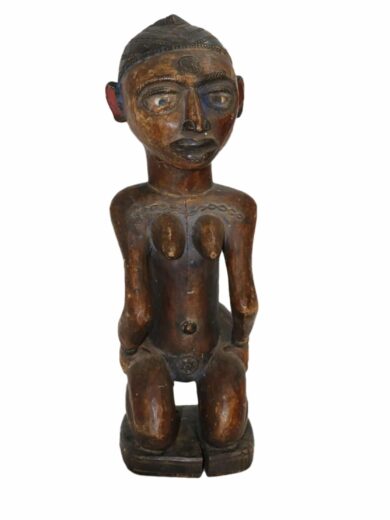

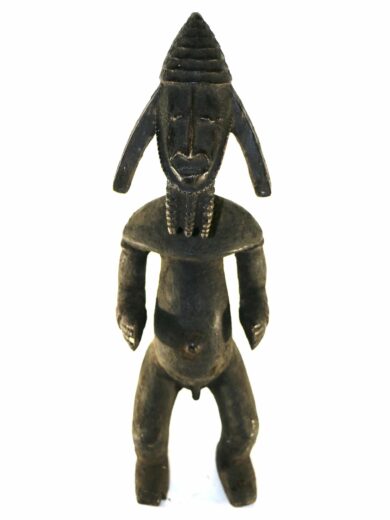
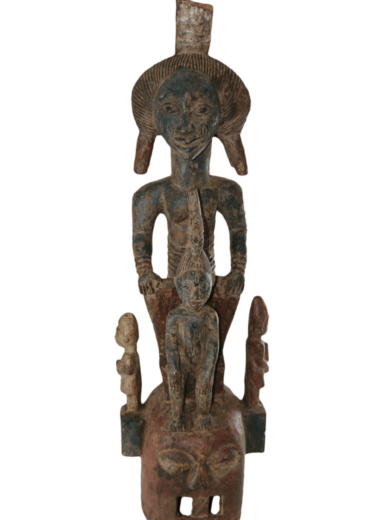
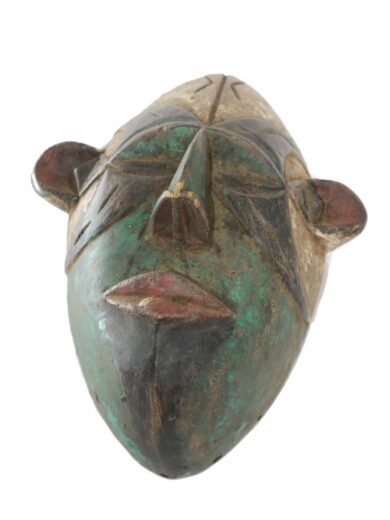
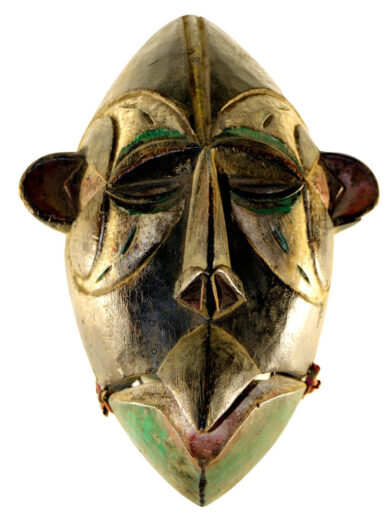
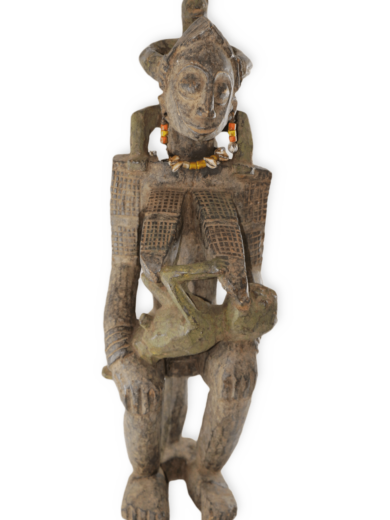

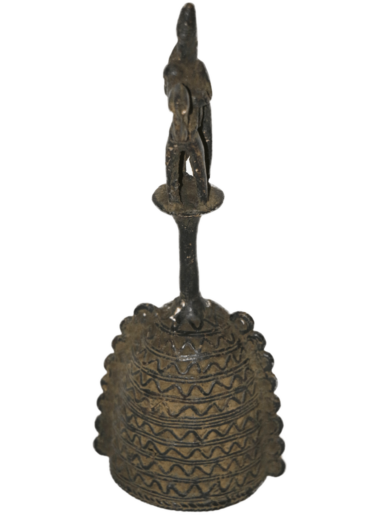
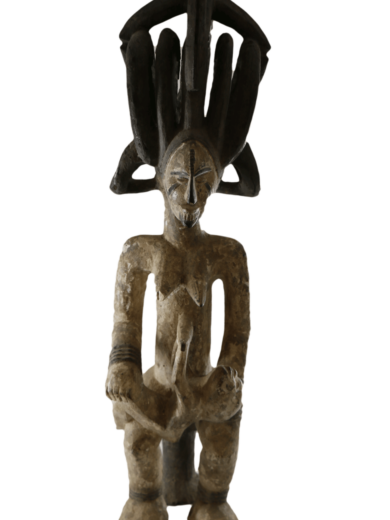

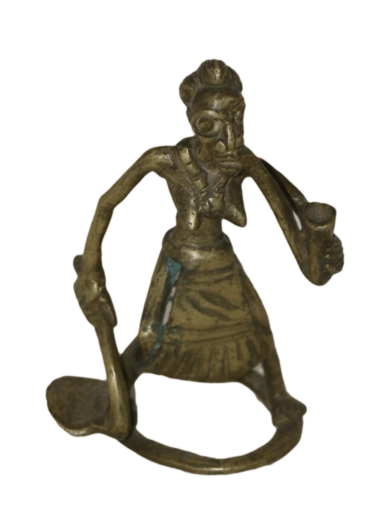

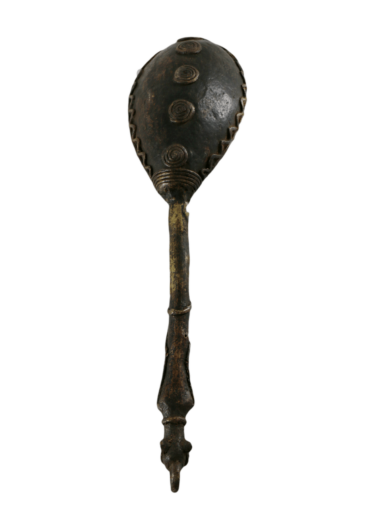
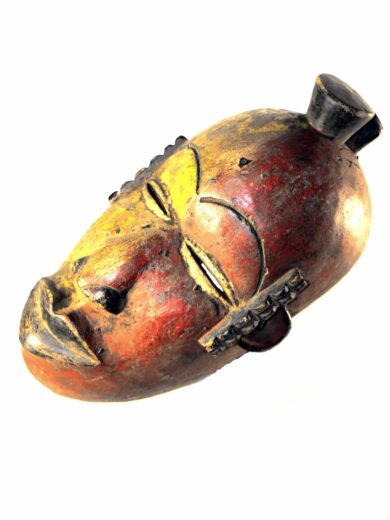
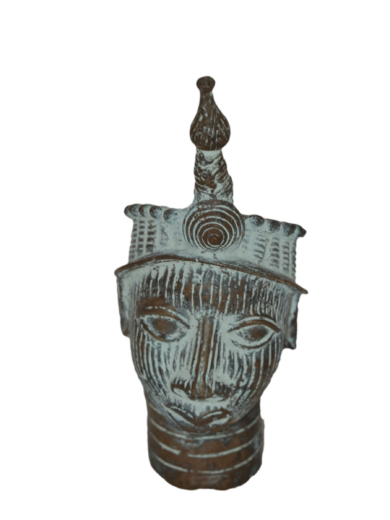
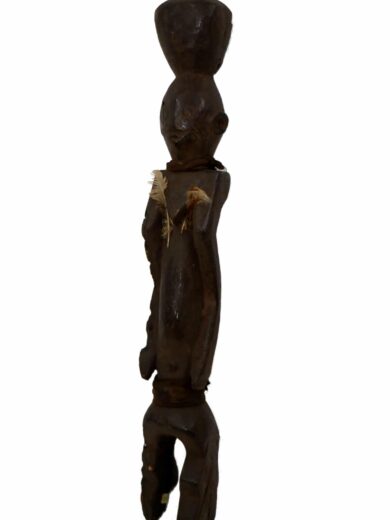
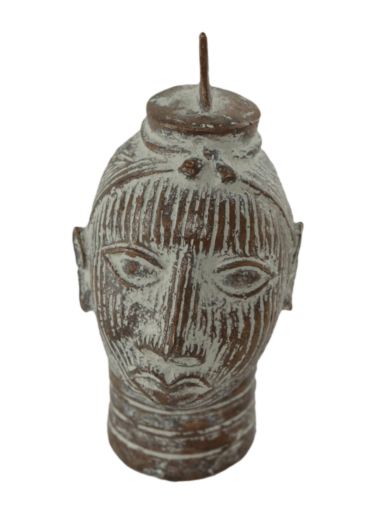
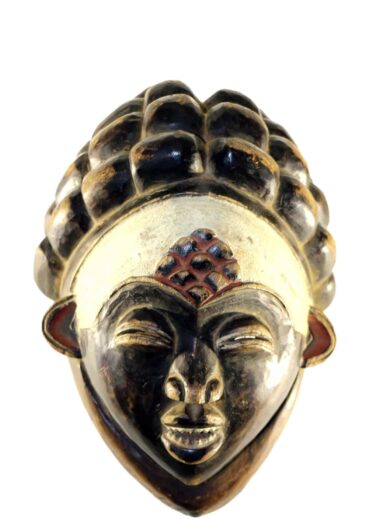
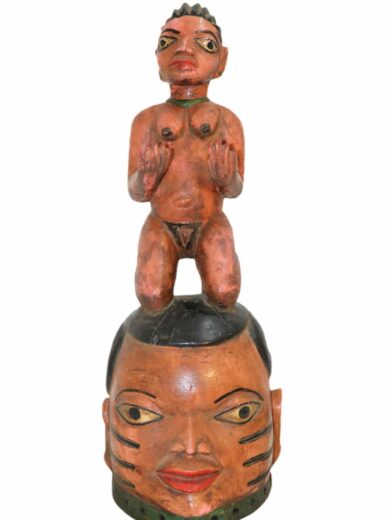


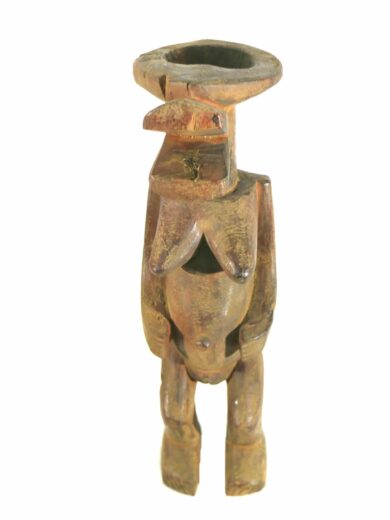
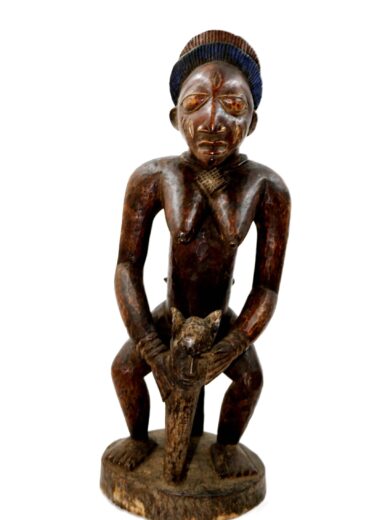


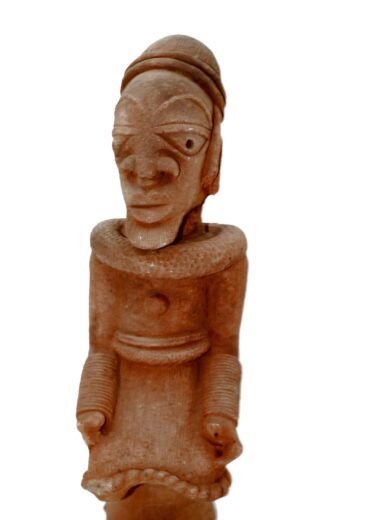


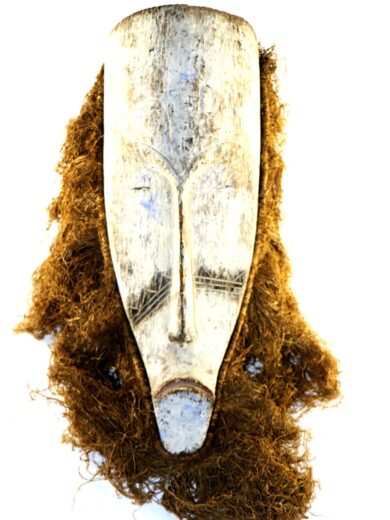
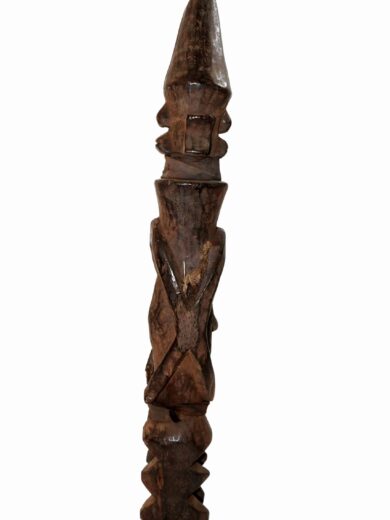
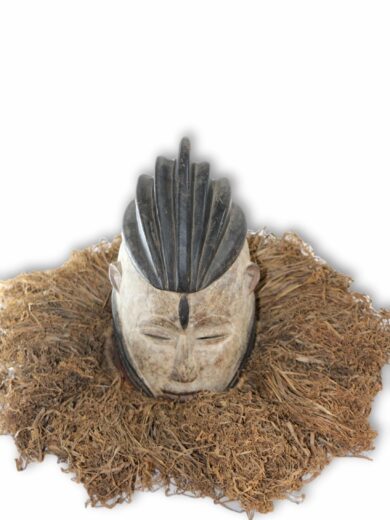
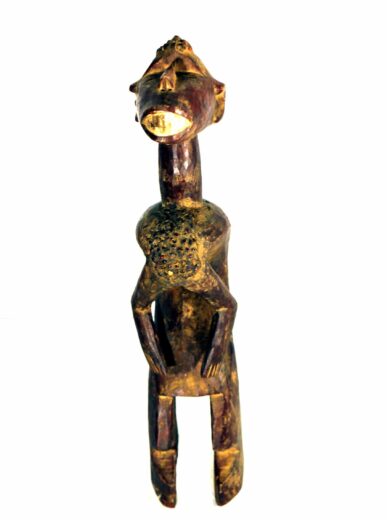

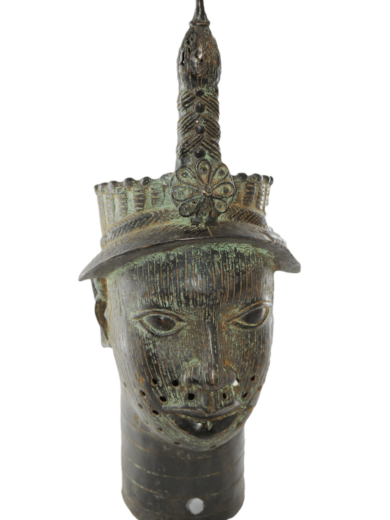
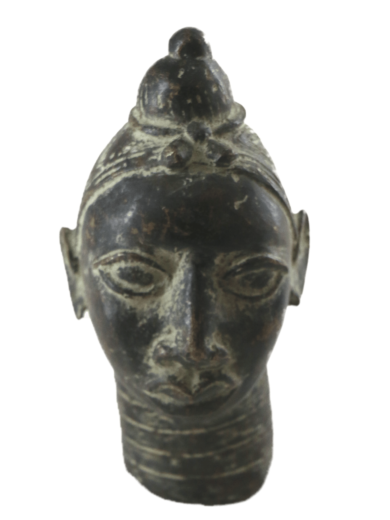

Reviews
There are no reviews yet.